The Vietnam War, a brutal conflict that lasted from 1955 to 1975, left an indelible mark on the world. This controversial war, which pitted the communist forces of North Vietnam against the US-backed South Vietnamese government, has long been a subject of fascination and debate. Delve into the intricate history of the Vietnam War, its origins, key events, and lasting consequences, as we explore the causes, battles, opposition, and aftermath of this complex and divisive conflict.
Short Summary
The Vietnam War was a devastating conflict between North and South Vietnam, driven by opposing ideologies, that began in 1945 with the refusal of French forces to recognize Vietnamese independence.
The U.S. became deeply entrenched in the war as part of their commitment to contain Soviet influence and support anti-communist forces.
The war had catastrophic consequences for those involved, leaving an indelible legacy on both politics and culture worldwide.
The Path to War
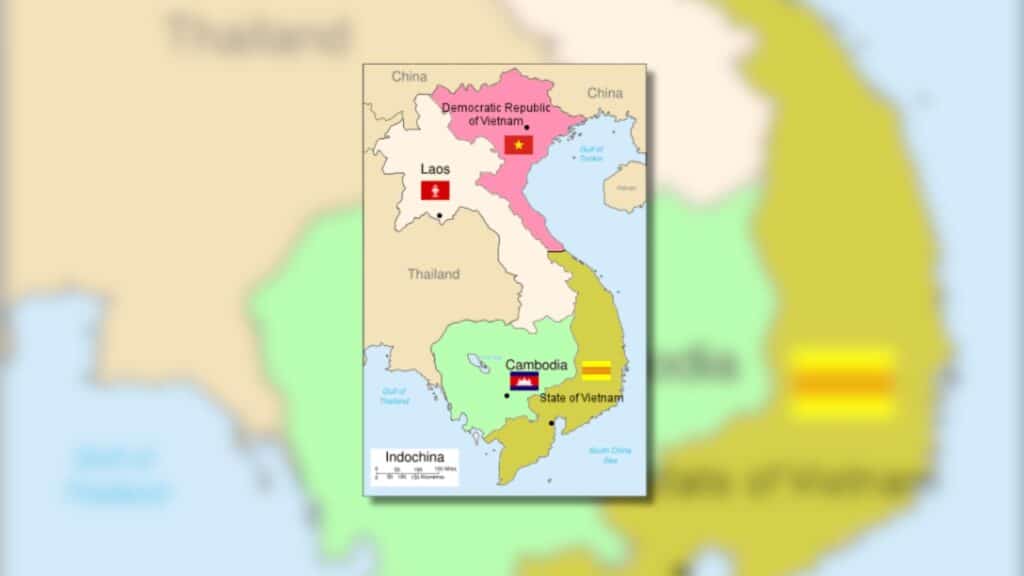
The roots of the Vietnam War can be traced back to a volatile mix of nationalism, colonialism, and ideological conflict. As the French colonial rule gave way to Japanese occupation during World War II, the seeds of future conflict were sown. The struggle for independence led to the formation of the Viet Minh, a coalition of nationalists and communists under the leadership of Ho Chi Minh, setting the stage for a devastating conflict that would consume Vietnam and reverberate across the globe.
The Vietnamese declared independence in 1945, but the French refused to recognize it. This is a very good article.
French Colonial Rule
Vietnam, a nation rich in culture and history, found itself under the yoke of French colonial rule in the late 19th and early 20th centuries. The French colonialists imposed their language, religion, and way of life on the Vietnamese people, sparking the growth of nationalist movements and igniting the flame of independence.
This period of colonial oppression culminated in the First Indochina War, which began in December 1946, when the Viet Minh, under the leadership of Ho Chi Minh, launched a rebellion against French rule. Unsuccessful negotiations between the French and the Vietnamese only served to intensify the conflict, as both sides sought to assert control over the country and its people.
Japanese Occupation
During World War II, Japan invaded and occupied Vietnam, exacerbating the nationalist fervor and further fueling the desire for independence. The Japanese occupation led to the emergence of resistance groups, including those in Ho Chi Minh City, all seeking to free Vietnam from foreign rule.
The harsh realities of life under Japanese occupation were stark. The North Vietnamese government reported that by the end of November 1957, a large number of individuals were detained - 65,000. Furthermore, 2,148 of these individuals had lost their lives. This brutality only served to further galvanize the Vietnamese people in their struggle for independence, as they faced the might of both the French and Japanese empires.
Formation of Viet Minh
Ho Chi Minh emerged as a key figure in the Vietnamese struggle for independence. He founded the Viet Minh, an organization dedicated to fighting for Vietnamese independence against both French and Japanese forces. Ho Chi Minh’s leadership and his synthesis of nationalist sentiment with Marxist-Leninist revolutionary ideology helped forge a powerful and influential organization.
In the aftermath of Japan’s withdrawal from Vietnam, the Viet Minh swiftly seized control of the northern city of Hanoi and proclaimed the Democratic Republic of Vietnam (DRV), a socialist republic with Ho Chi Minh as president. This marked a significant step toward achieving the ultimate goal of Vietnamese independence, setting the stage for a bitter conflict between the communist North and the Western-backed South.
The Divided Nation
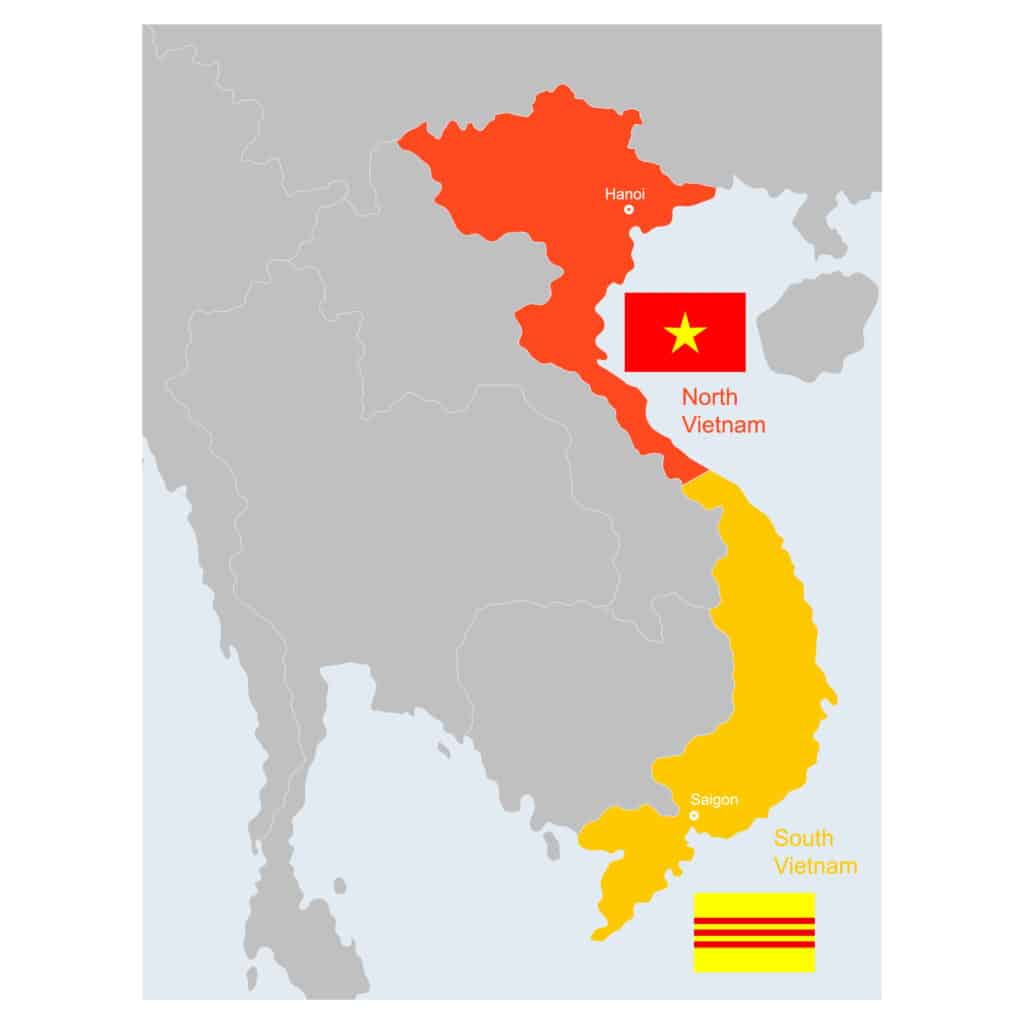
The division of Vietnam into North and South, following the First Indochina War, set the stage for a protracted and bloody conflict. With the communist North led by Ho Chi Minh and the capitalist South led by former Emperor Bao Dai, the ideological chasm between the two Vietnams widened.
As tensions escalated, the early stages of conflict began to take shape, with the formation of the Viet Cong and the increasing animosity between the two sides.
Partition of Vietnam
The Geneva Accords of 1954 divided Vietnam at the 17th parallel, creating the separate entities of North and South Vietnam. This division was meant to be temporary, with national elections scheduled to reunify the country. However, the Cold War rivalries between the United States and the Soviet Union led to a hardening of the division, as both superpowers sought to exert influence in Southeast Asia.
The partition of Vietnam had significant implications for the region and the world. The North, governed by the Viet Minh under Ho Chi Minh, was a communist state, while the South, led by former Emperor Bao Dai, was a capitalist state supported by the French. This ideological divide set the stage for a conflict that would last for over a decade and result in the loss of countless lives and the displacement of millions.
North and South Ideologies
The two Vietnams represented starkly different ideologies. The communist North, led by Ho Chi Minh, followed an ideology called “Ho Chi Minh Thought,” a blend of Marxism, Leninism, and Chinese communism. The South, on the other hand, was anti-communist, but its government was characterized by autocratic, corrupt, and nepotistic practices.
These contrasting ideologies fueled the conflict between the two Vietnams, as both sides sought to assert their vision of the nation’s future. The international community was similarly divided, with the communist states of China and the Soviet Union recognizing the Democratic Republic of Vietnam in the North, and the capitalist states of the United States and the United Kingdom recognizing the French-backed State of Vietnam in the South.
Early Stages of Conflict
The National Liberation Front (NLF), also known as the Viet Cong, was established in South Vietnam to organize opposition to the government of President Ngo Dinh Diem. The Viet Cong, composed of both communist and non-communist adversaries, sought to overthrow the South Vietnamese government and unite the country under a communist regime.
This insurgency marked the beginning of the Vietnam War, as the South Vietnamese government, supported by the United States, struggled to quell the growing rebellion. The conflict soon became inextricably linked to the global Cold War struggle between the United States and the Soviet Union, setting the stage for a protracted and costly war that would leave the world forever changed.
United States Involvement
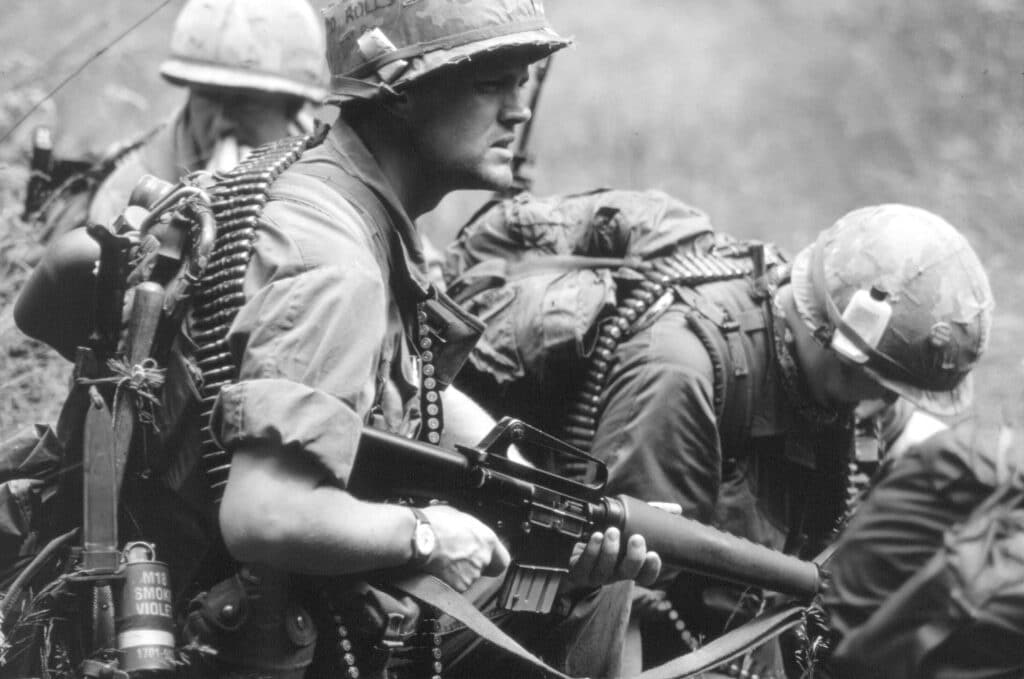
The United States became involved in the Vietnam War due to motivations such as the domino theory, implementing various strategies and tactics, and experiencing key events that shaped the conflict. As the war escalated, the United States found itself increasingly mired in a brutal and seemingly unwinnable conflict, leading to widespread opposition and protests within the country.
The protests against the war were largely driven by the growing realization that the conflict was not only a war.
Motivations for Involvement
The United States’ primary motivation for involvement in the Vietnam War was to prevent the spread of communism in Southeast Asia. Driven by the domino theory, which postulated that the collapse of one country to communism would lead to a chain reaction of other countries falling to communism, the US sought to contain Soviet influence in the region.
As the conflict in Vietnam intensified, the United States found itself increasingly committed to supporting the South Vietnamese government in its struggle against the communist North. The US saw its involvement in the war between communist countries as a necessary step in the global struggle against communism, despite the growing opposition to the war at home and the mounting costs in both lives and resources.
Strategies and Tactics
The United States employed a range of strategies and tactics in its efforts to combat the communist forces in Vietnam. These included the use of air power and technology, search and destroy missions, and a war of attrition aimed at wearing down the enemy’s will to fight.
One key aspect of the US strategy was the Vietnamization of the war effort, which involved the gradual withdrawal of American troops and an increase in support for the South Vietnamese armed forces to take over the fighting. This policy, however, did not lead to the desired outcome, as the South Vietnamese military forces themselves proved unable to withstand the communist onslaught, ultimately leading to the fall of Saigon and the end of the war.
Key Events
Several key events during the Vietnam War had a significant impact on the course of the conflict and US involvement. The Gulf of Tonkin incident in 1964, involving a confrontation between North Vietnamese and US naval forces, led to the passage of the Gulf of Tonkin Resolution, which authorized President Lyndon Johnson to take military action in Vietnam without a formal declaration of war.
Another pivotal moment in the war was the Tet Offensive of 1968, a surprise attack launched by North Vietnamese and Viet Cong forces against US and South Vietnamese forces. The Tet Offensive marked a major turning point in the war, as it demonstrated the strength and resolve of the communist forces and led to a significant shift in US public opinion against the war.
Major Battles and Offensives
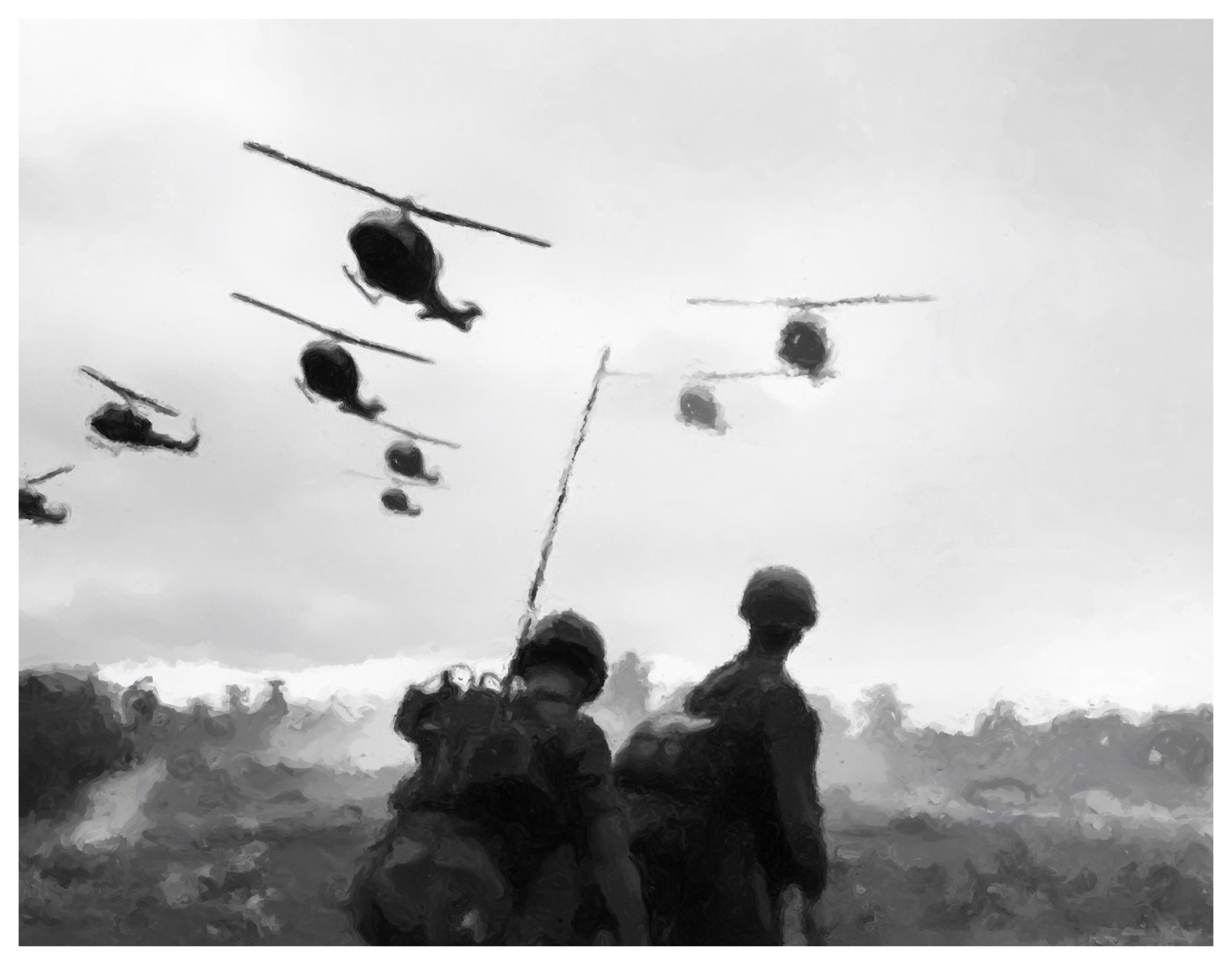
The Vietnam War saw numerous major battles and offensives, including the Tet Offensive, Easter Offensive, and the Fall of Saigon. These events showcased the ferocity and determination of the combatants, while also highlighting the immense human cost of the conflict.
The Tet Offensive was a major turning point in the war, as it demonstrated the North Vietnamese Army’s ability to fight.
Tet Offensive
The Tet Offensive, launched in 1968 by North Vietnamese and Viet Cong forces, was a daring and well-coordinated series of attacks on more than 100 cities and towns in South Vietnam. This surprise offensive caught the US and South Vietnamese forces off guard, resulting in significant losses for both sides and a shift in public opinion against the war.
The Tet Offensive had a profound impact on the course of the Vietnam War. President Johnson declared a cessation of bombings in most of North Vietnam and vowed to prioritize achieving peace for the remainder of his term rather than reelection. The offensive also demonstrated the resolve of the North Vietnamese and Viet Cong forces, challenging the perception that the US and its allies were on the verge of victory.
Easter Offensive
The Easter Offensive of 1972 was a large-scale invasion of South Vietnam by the North Vietnamese Army (NVA). The offensive aimed to break the stalemate between North and South Vietnam and test the effectiveness of the US’s Vietnamization policy, which sought to shift the burden of the war to the South Vietnamese forces.
The Easter Offensive was met with a determined response from the US and South Vietnamese forces, who launched Operation Linebacker, an aerial bombing campaign aimed at disrupting the North Vietnamese supply lines and halting their advance. Despite the ferocity of the fighting, the offensive ultimately failed to achieve its objectives, leading to the Paris Peace Accords and a negotiated end to the conflict.
Fall of Saigon
The Fall of Saigon, which occurred on April 30, 1975, marked the end of the Vietnam War and the reunification of the country under communist rule. As North Vietnamese forces closed in on the South Vietnamese capital, chaos and panic gripped the city, with government officials, military personnel, and civilians scrambling to evacuate.
The iconic image of American helicopters evacuating people from the rooftop of the US embassy in Saigon remains a haunting reminder of the final moments of the war, as the last vestiges of American military presence in Vietnam were swept away.
The Fall of Saigon signaled the end of a long and brutal conflict, leaving a lasting impact on the people of Vietnam and the world.
Domestic Opposition and Protests
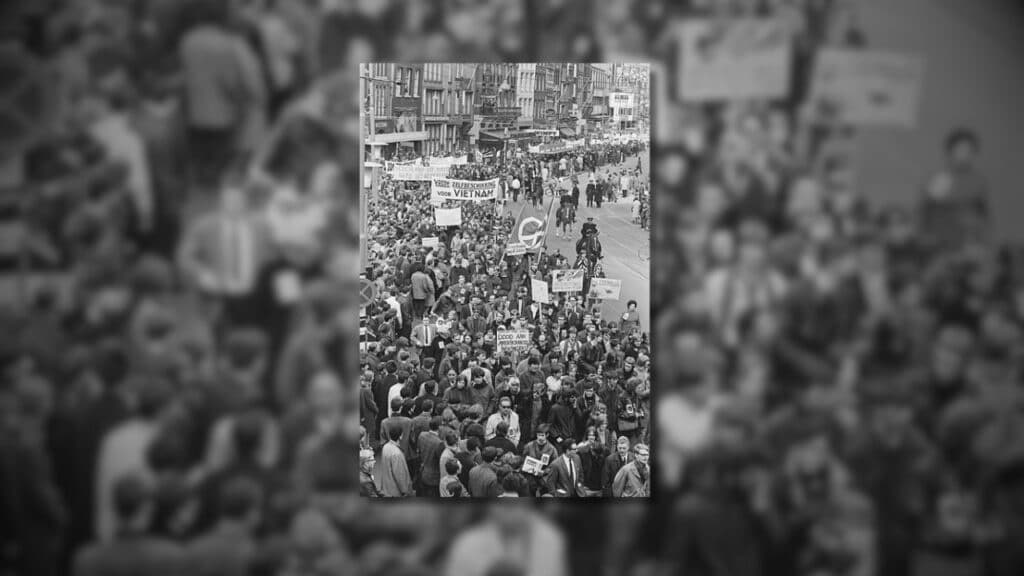
The Vietnam War faced significant opposition and protests within the United States, driven by the anti-war movement, desertions and disobedience among troops, and key turning points in the conflict. The war stirred deep divisions within American society, as many questioned the purpose and morality of the conflict.
The anti-war movement was a major force in the United States, with protests and demonstrations against civil war taking place.
Anti-War Movement
The anti-war movement in the United States gained momentum as the conflict in Vietnam escalated. This social movement opposed the US’s decision to initiate or continue the armed conflict and sought to terminate the war or the nation’s participation in it. The movement was fueled by a sense of moral outrage at the civilian casualties and the perception that the US was supporting an illegitimate regime in Saigon.
The anti-war movement had a significant impact on public opinion in the US, resulting in a reduction in support for the war and a shift in public opinion towards concluding the conflict. The movement also had a profound effect on American troops, as the widespread opposition to the war led to violent protests, killings, and mass incarcerations of personnel stationed in Vietnam as well as within the United States.
Desertions and Disobedience
As the war dragged on, the morale of US troops deteriorated, leading to increased desertion rates, disobedience, and falsified battle reports. Many soldiers questioned the purpose of the war and the reasons behind their deployment, resulting in a sense of disillusionment and futility.
The consequences of this disillusionment were severe, with a considerable number of soldiers receiving dishonorable discharges for desertion, and approximately 500,000 American men becoming “draft dodgers” by fleeing to Canada to avoid conscription. The actions of these disillusioned soldiers further fueled the anti-war movement and deepened the divisions within American society.
Turning Points
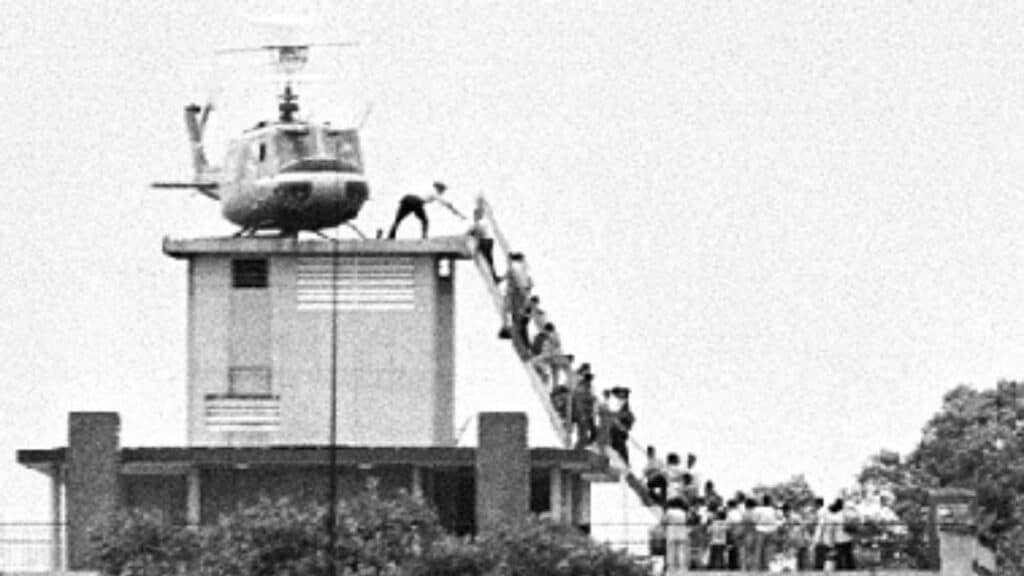
Events such as the My Lai Massacre and the release of the Pentagon Papers further fueled opposition to the Vietnam War and diminished support for US involvement. The My Lai Massacre, in which over 400 unarmed Vietnamese civilians were killed by US soldiers, shocked the American public and galvanized the anti-war movement.
The Pentagon Papers, a top-secret history of US involvement in Vietnam commissioned by the Department of Defense, detailed a long series of public deceptions on the part of the US government and further eroded public trust in the war effort. These turning points served to heighten opposition to the war and underscore the growing sense that the conflict was both morally indefensible and strategically unwinnable.
Brutal Jungle Warfare
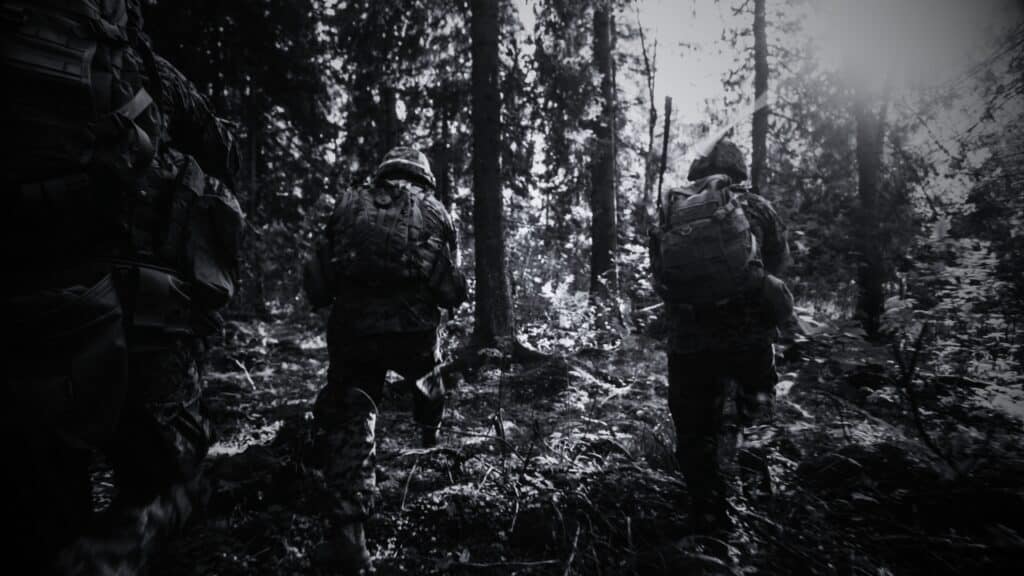
The Vietnam War was characterized by brutal jungle warfare, with soldiers facing harsh conditions, a seemingly pointless conflict, and lasting psychological effects. The challenges faced by the troops fighting in the dense jungles of Vietnam added to the sense of futility and despair that pervaded the conflict.
Day in the Life of a Soldier in Vietnam
Soldiers in Vietnam faced a myriad of challenges as they fought for their lives in the dense jungles of the country. Extreme heat, torrential monsoons, and dangerous wildlife were just a few of the obstacles they encountered on a daily basis. In addition to the harsh environmental conditions, soldiers faced the constant threat of enemy attacks, as they patrolled the countryside in small groups, searching for Viet Cong guerrilla fighters or North Vietnamese soldiers.
The physical and emotional toll of the war weighed heavily on those who fought in Vietnam. Many soldiers experienced a sense of disillusionment and futility, questioning the purpose behind the conflict and the reasons for their deployment. The hardships faced by the troops served to deepen the divisions within American society and fuel the growing opposition to the war.
Pointless Conflict
For many soldiers, the Vietnam War seemed like a pointless conflict, with no clear objective or path to victory. The war was marked by a series of strategic blunders and a failure to understand the local culture and environment, leading to a sense of frustration and disillusionment among the troops.
The perceived futility of the conflict had far-reaching consequences for the soldiers who fought in Vietnam, as well as for their families and communities back home. Many veterans struggled with the lasting psychological effects of the war, including post-traumatic stress disorder (PTSD), depression, and anxiety.
The war’s lasting impact on the mental health of those who served served served as a grim reminder of the devastating human cost of the conflict.
Troops Forever Haunted
The Vietnam War left a lasting psychological impact on the soldiers who fought in it. Many veterans experienced post-traumatic stress disorder (PTSD), depression, anxiety, and a lasting sense of disillusionment with the government and its policies.
The lasting effects of the war on the mental health of those who served highlight the devastating human cost of the conflict. For many veterans, the scars of the war have never fully healed, and the memories of the brutal jungle warfare they experienced continue to haunt them long after the guns fell silent.
Decades of Recovery and Issues with PTSD
Veterans who served in Vietnam, Cambodia, or Laos during the Vietnam War have a higher prevalence of mental health issues, particularly PTSD, compared with both other Vietnam-era Veterans and non-Veterans, according to an analysis of data from the Vietnam Era Health Retrospective Observational Study (VE-HEROeS). The study found that compared with non-theater Veterans, Vietnam-theater Veterans had four times the risk of PTSD, nearly double the risk for depression, and more than two times the risk of psychological distress. Compared with non-Veterans, they had more than nine times the risk of PTSD, more than double the risk for depression, and nearly six times the risk of psychological distress.
Although almost 50 years have passed since the official war’s end in 1975, Vietnam theater Veterans are still reporting poor mental health. A study by the Substance Abuse and Mental Health Services Administration revealed that only 50 percent of returning vets who need veteran mental health treatment will receive these services.Unfortunately, Both active duty service members and veterans face barriers to treatment for mental health issues.
Important Images from the War in Vietnam
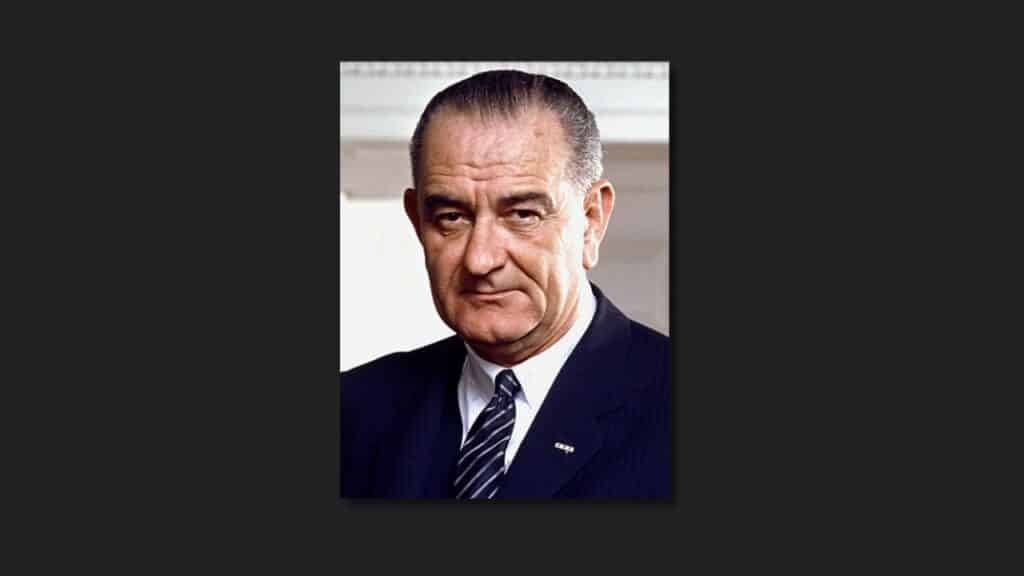
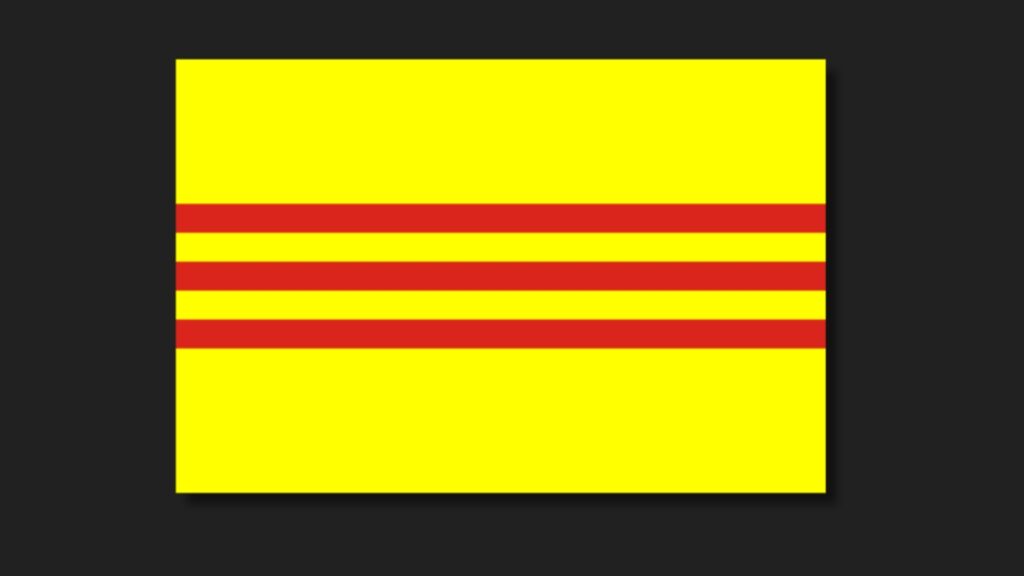
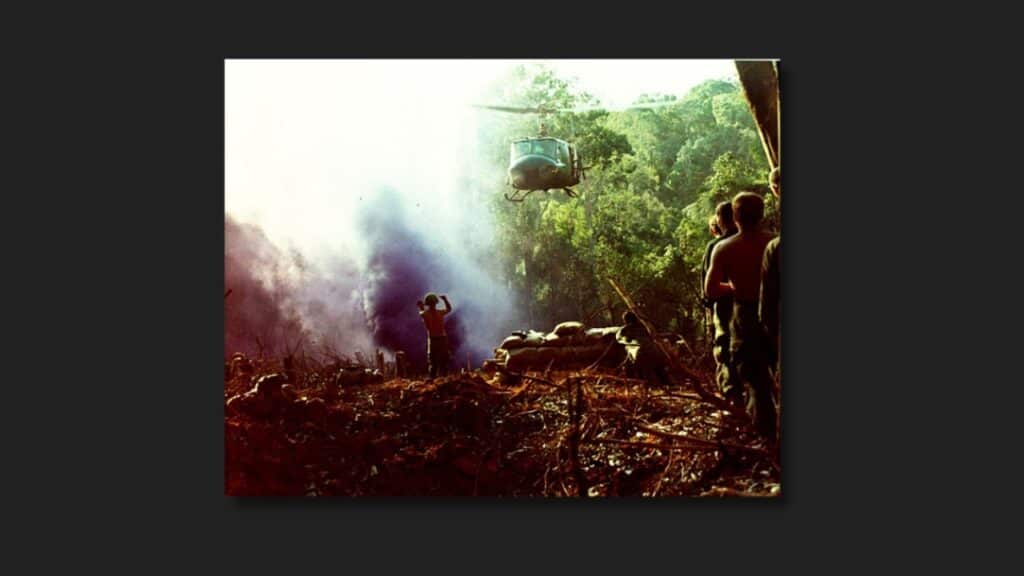
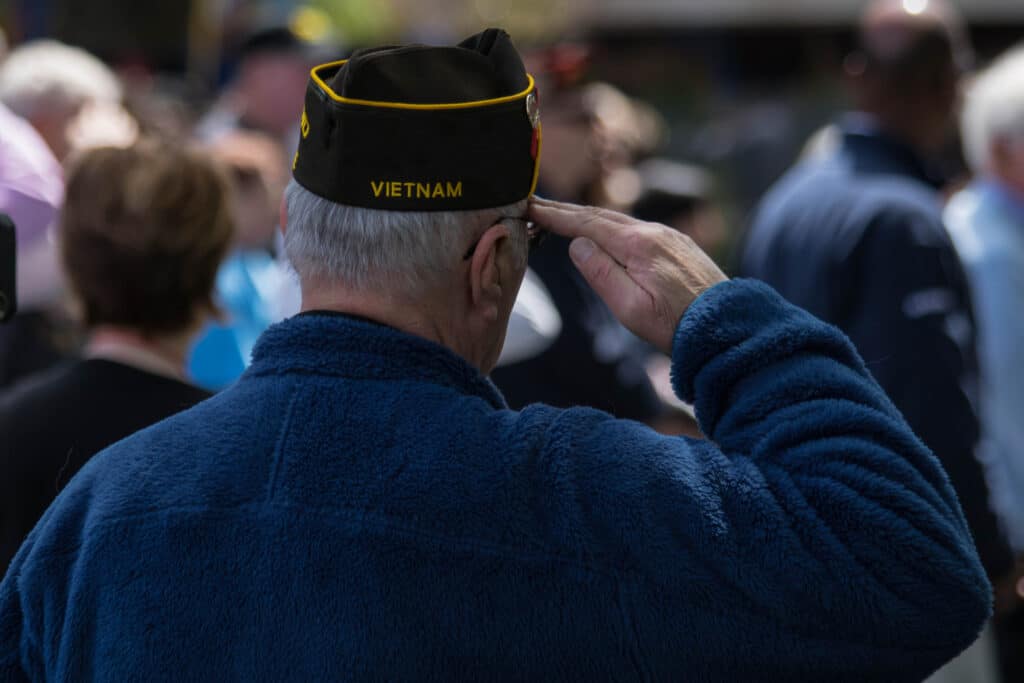
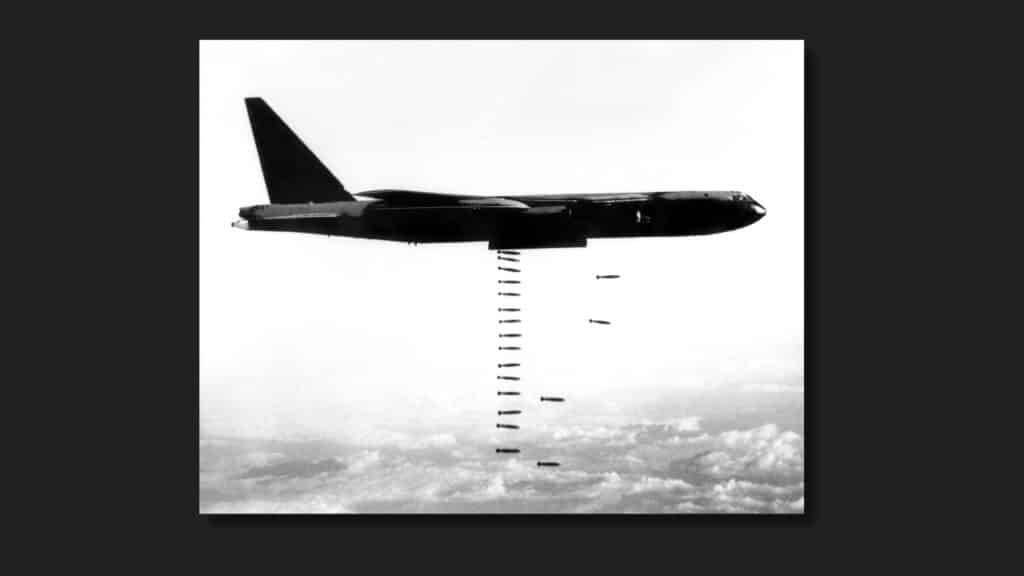
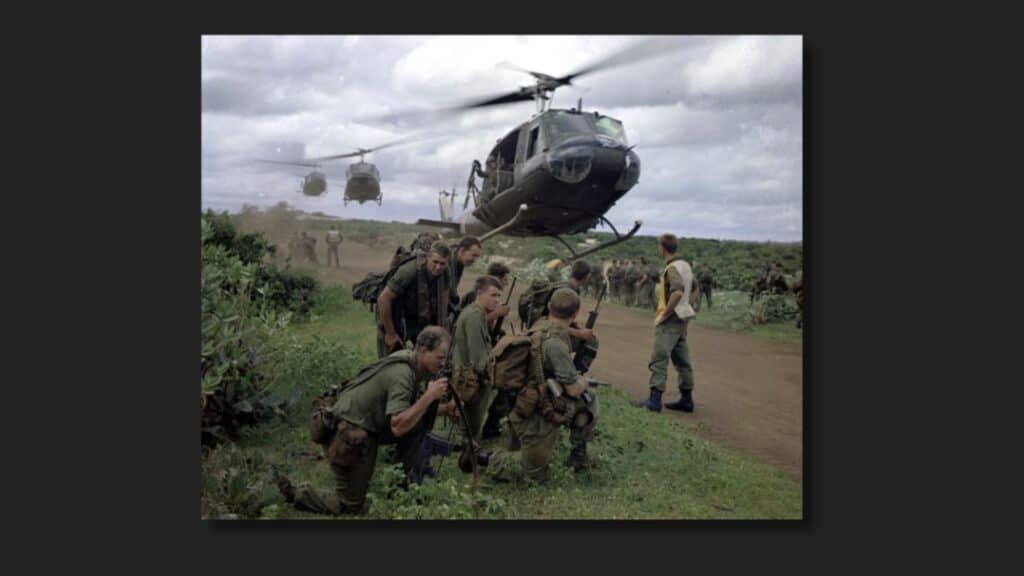
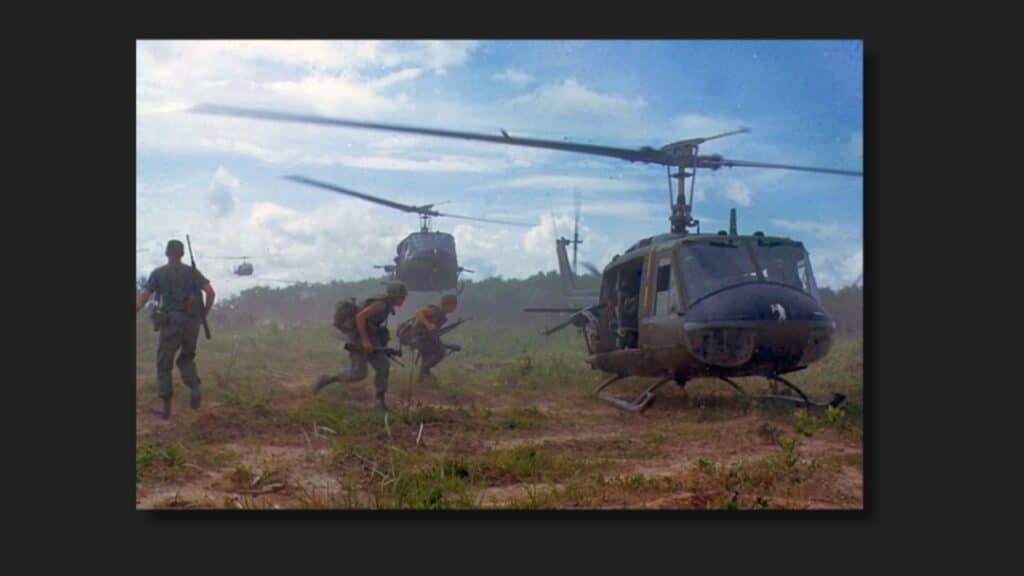
The Aftermath and Legacy
The end of the Vietnam War had significant consequences for Vietnam and left a lasting impact on the world. The conflict claimed millions of lives, caused widespread destruction, and had long-lasting effects on both the environment and the people of Vietnam. The war also shaped global politics, military strategy, and popular culture, serving as a cautionary tale for future conflicts.
End of the War
The Vietnam War came to an end on April 30, 1975, with the Fall of Saigon and the unification of Vietnam under communist rule. As North Vietnamese forces captured the South Vietnamese capital, the last remnants of American presence in Vietnam were swept away, marking the conclusion of a long and brutal conflict.
The iconic image of American helicopters evacuating people from the rooftop of the US embassy in Saigon remains a haunting reminder of the final moments of the war, as the last vestiges of American presence in Vietnam were swept away.
The Fall of Saigon signaled the end of a long and brutal conflict, leaving a lasting impact on the people of Vietnam and the world.
Consequences for Vietnam
The Vietnam War had devastating consequences for the people of Vietnam. It is estimated that approximately 2 million civilians and 1.1 million North Vietnamese and Viet Cong fighters were killed, 3 million were wounded, and 12 million refugees were displaced. The war also caused widespread environmental damage, with the use of chemical defoliants such as Agent Orange leading to long-term health issues and congenital anomalies in the Vietnamese population.
In addition to the human cost of the war, Vietnam faced significant economic and political challenges in the aftermath of the conflict. The unification of the country under communist rule led to a period of economic difficulty and political repression, as Vietnam struggled to rebuild and recover from the devastation wrought by the war.
Lasting Impact
The Vietnam War left a lasting impact on the world, shaping global politics, military strategy, and popular culture for decades to come. The conflict served as a cautionary tale for future wars, illustrating the limits of American power and the futility of waging war without a clear understanding of the local culture and environment.
In popular culture, the Vietnam War has inspired countless films, books, and songs, providing a window into the experiences of those who lived through the conflict and its aftermath. The war has also had a lasting effect on the mental health of the soldiers who fought in it, with many suffering from post-traumatic stress disorder (PTSD) and other mental health issues long after the guns fell silent.
Frequently Asked Questions About the War In Vietnam
The Vietnam War remains a topic of enduring interest and debate, with many questions still surrounding the conflict and its consequences. In this section, we address some of the most frequently asked questions about the Vietnam War, providing further insight into the complex and divisive conflict that continues to shape our understanding of war and its impact on the world.
Questions such as why the war was fought, who was involved, and what the consequences were.
Summary
The Vietnam War, a brutal and divisive conflict that raged for two decades, left a lasting impact on the world. From its origins in the struggle for independence from French colonial rule to the intense jungle warfare that characterized the conflict, the war shaped global politics, military strategy, and popular culture. The consequences of the war were immense, with millions of deaths, widespread destruction, and lasting psychological effects on the soldiers who fought in it. As we continue to grapple with the legacy of the Vietnam War, it serves as a cautionary tale for future conflicts, reminding us of the human cost of war and the importance of understanding the local culture and environment in which we fight.
Frequently Asked Questions
What happened in the Vietnam War?
The Vietnam War was a prolonged military conflict between the communist government of North Vietnam and the Democratic Republic of Vietnam (DRV), along with their allies, and South Vietnam and its principle ally, the United States. After the U.S. withdrawal in 1973, North and South Vietnam unified under Communist control two years later.
The war had resulted in devastating losses for both sides, leaving a lasting impact on Vietnam and the world.
What happened in the US during the Vietnam War?
The Vietnam War had a lasting impact on the United States, both at home and abroad. It caused economic devastation, an increase in inflation, and weakened U.S. military morale.
Additionally, it seriously undermined the U.S. commitment to internationalism.
Why did US go to war in Vietnam?
Due to the rising threat of communism in Asia, the United States began using military force in aiding South Vietnam in its fight against North Vietnam during the 1950s.
After the Gulf of Tonkin incident in 1964, President Lyndon B. Johnson committed US forces to Vietnam, ultimately leading to America’s involvement in the Vietnam War.
When did US enter Vietnam War?
The United States entered the Vietnam War in March 1965 when President Johnson authorized the deployment of U.S. combat troops to South Vietnam.
This marked the beginning of an extended campaign of sustained bombing of North Vietnamese and Ho Chi Minh Trail targets in Operation Rolling Thunder.
What were the primary motivations for US involvement in the Vietnam War?
The US’ primary motivations for entering the Vietnam War were to stop the spread of communism and safeguard their ally, South Vietnam.


I remember that time well! I was in 4-5th grade in 1965 (for context), grew up in a small town in rural southern Mn, and remember the news being all about that War, seen in blk and white, every night, over and over. One of my friend's older (around 18-19 yrs old) brother was killed in the early yrs of conflict. It reached everywhere! Too many Human males, especially those in charge, have always been the violent species...sad..shameful....never-ending..killing still going on today in other areas of the world. Forever! How to change that is the zillion dollar question! Can't/won't stop until all of humanity is wiped out! Then the world might recover when evolution happens. OR MAYBE NOT...Probably no great loss-that!